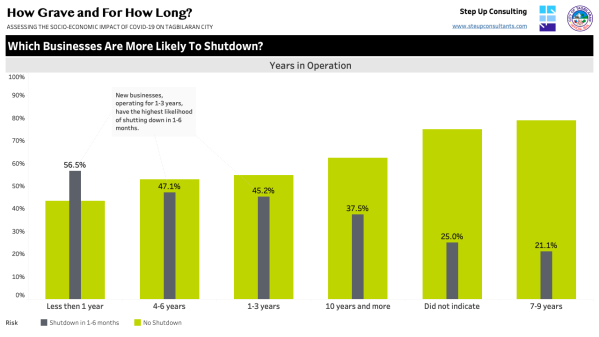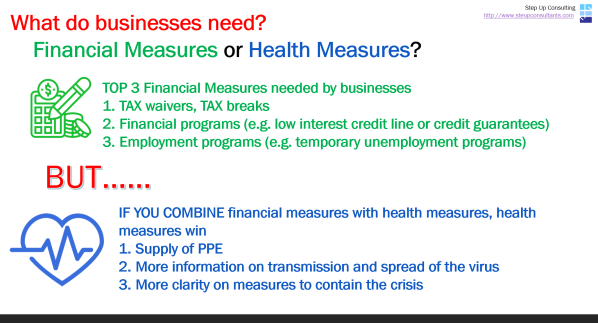Businesses that are primarily reliant on customers based outside of Bohol (e.g. tourists, external domestic and foreign buyers) face the greatest risk of closure.
With inbound and outbound travel restrictions and difficulties in transporting goods from the province to outside customers, they will be the one who will likely lose out.
As earlier pointed out, the tourism sector is the one of those badly hit by the pandemic. Since March 2020, flights to and from Bohol have been cancelled. This led to severe losses in revenues in hotels, restaurants, and transport service providers.










